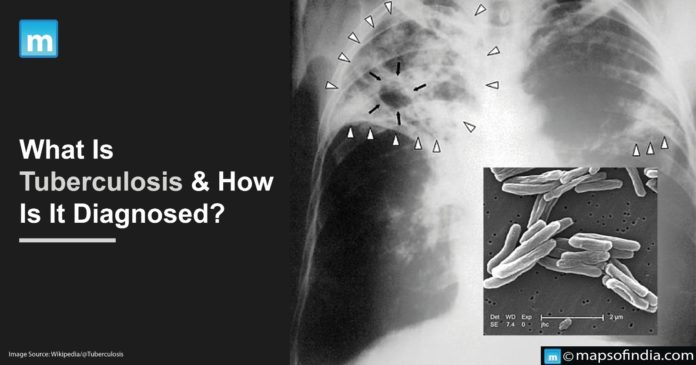Tuberculosis (TB) is a bacterium infection that usually impacts the lungs but can extend to other organs. The bacteria Mycobacterium tuberculosis causes it, and it spreads via the breath when an infected individual coughs or sneezes. A chronic cough that lasts three weeks or longer, chest discomfort, exhaustion, loss of weight, and discomfort are all symptoms of tuberculosis. TB can be managed with a mixture of antibiotics administered over many months. However, if not adequately treated, tuberculosis can develop drug resistance and remain challenging.
How to Diagnose Tuberculosis?
Several tests can be used to diagnose tuberculosis (TB). The most common tests are:
-
Tuberculosis Skin Test (TST)
A small quantity of pure protein derivative (PPD) is injected just underneath the skin of the arm for this examination. The region is inspected after two to three days to evaluate whether a raised, firm bump (induration) has been raised. A positive TST result suggests that the individual has been contaminated with tuberculosis bacterium, but it does not always imply current illness.
The TST is a simple and inexpensive test, but it can give false-positive results in people who have been vaccinated with the Bacille Calmette-Guérin (BCG) vaccine or who have been exposed to other types of mycobacteria.
-
Chest X-ray
An X-ray can show if any changes in the lungs may indicate TB. However, a chest X-ray alone cannot confirm a TB diagnosis. In some cases, chest X-rays can show abnormalities that look like TB but are due to other conditions, such as lung cancer or pneumonia.
-
Sputum Culture
This test includes taking a sputum (mucus) sample and culturing the TB germs in a facility. This examination can confirm the tuberculosis bacterium’s existence and evaluate whether the bacterium is drug-resistant. The findings of sputum cultures might take a few weeks to arrive.
-
Polymerase Chain Reaction (PCR) Test:
This test uses a sample of sputum or other body fluid to detect the genetic material of the TB bacteria. It is a faster and more sensitive test than sputum culture and can provide results within a few days.
-
Blood Tests
The QuantiFERON-TB Gold test is among the numerous blood tests that can help identify tuberculosis. These assessments measure the body’s immunological response to tuberculosis germs and can deliver findings in days.
Sometimes, a combination of tests may be used to diagnose TB. For example, a positive TST or IGRA result may be followed by a chest X-ray and sputum culture to confirm the diagnosis and determine the extent of the infection.
Note: It is important to note that TB can be difficult to diagnose, especially in its early stages. Some people with TB may not have symptoms easily mistaken for other illnesses. If you have been in close contact with someone with TB or have symptoms that suggest TB, it is important to see a doctor for proper evaluation and testing.




